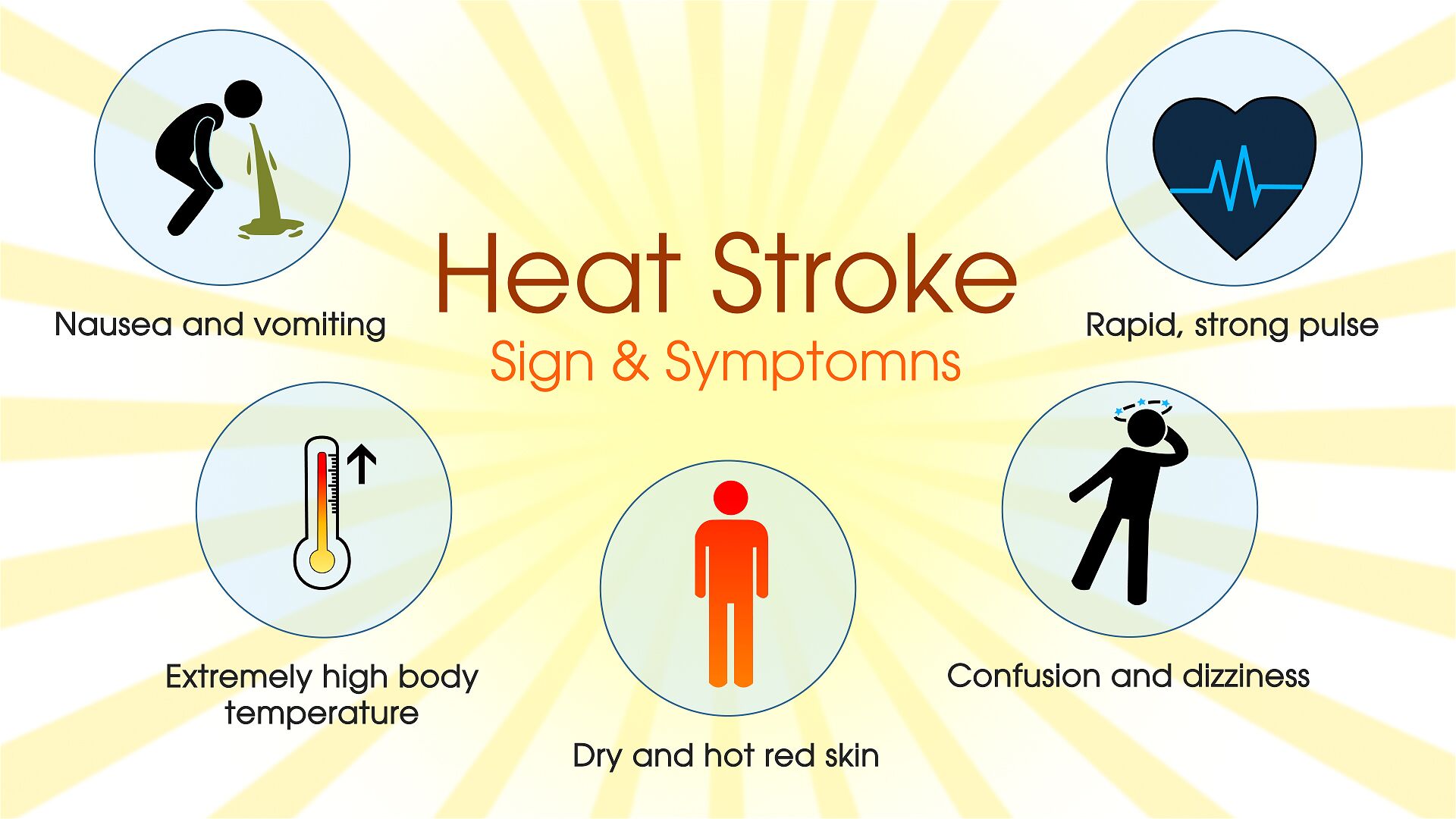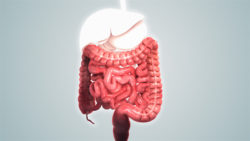Heat stroke (or sunstroke) occurs when a person’s body temperature rises above 40 degree celsius, either suddenly or gradually. This serious medical condition, when the external heat overpowers the body’s cooling mechanism, is often accompanied by dehydration and causes disorientation or fainting. Infants, elderly, athletes and outdoor workers are at greatest risk of a heat stroke.
A heat stroke is distinct from a fever. While in both the cases, the heat production is greater than the heat lost from the body, a fever is not the body’s inability to dissipate heat adequately. In the case of a fever, the body’s temperature control is reset to a higher point than normal.
Types and Causes

When environmental heat overwhelms the body’s natural thermoregulation, leading to insufficient heat loss from the body, a classic heat stroke occurs. It can often be aggravated by substances that inhibit body cooling or cause dehydration such as alcohol, or certain medications. Very young, and the elderly are more prone to this type of heat stroke. A common cause of classic heatstroke could be leaving a person in a parked car in hot weather. The temperature inside a car parked car in the sun can rise more than 20 degrees F in 10 minutes.
Exertional heat stroke, on the other hand, is caused due to excessive metabolic heat production, triggered by intense physical activity in hot weather. It happens abruptly, more often to younger, healthy people participating in strenuous physical activity.
Treatment
Heat stroke is a medical emergency. The extreme heat can have a damaging effect on the heart, brain, kidneys and muscles, hence, the longer a heat stroke is left untreated, the worse the damage can become.
Immediate treatment for suspected heat stroke victims usually consists of moving them to a cooler area and removal of any tight clothing to allow the body to breathe better and efficiently dissipate heat.
Applying wet cloth and ice packs to the skin, especially on the neck, groin, back and armpits is helpful in lowering the body temperature. Conscious victims are encouraged to drink water.
Immersion in a tub of cold water, under careful monitoring, can be an effective way of treating a heat stroke; but cold treatments require medical supervision, as shivering can be induced as a reflex action generating further heat. This can be prevented through drugs, such as benzodiazepines, that relax the patient’s muscles.
Heat strokes are more common during summer season when there is prolonged exposure to heat waves. During the heatwave of 1980 in the US, 1700 deaths were attributed to heat, compared to only 148 deaths due to heat the previous year. Persons older than 65 years accounted for at least 44% of cases.

Diarrhea
Diarrhea, as defined by WHO, is a condition of having at least three loose or liquid stools each day. It usually results in dehydration due to fluid loss. Read More..








